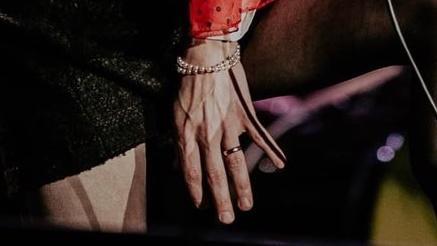Obsessivemuch - ShhhShShshsh
More Posts from Obsessivemuch and Others
we've found it folks: mcmansion heaven
Hello everyone. It is my pleasure to bring you the greatest house I have ever seen. The house of a true visionary. A real ad-hocist. A genuine pioneer of fenestration. This house is in Alabama. It was built in 1980 and costs around $5 million. It is worth every penny. Perhaps more.

Now, I know what you're thinking: "Come on, Kate, that's a little kooky, but certainly it's not McMansion Heaven. This is very much a house in the earthly realm. Purgatory. McMansion Purgatory." Well, let me now play Beatrice to your Dante, young Pilgrim. Welcome. Welcome, welcome, welcome.


It is rare to find a house that has everything. A house that wills itself into Postmodernism yet remains unable to let go of the kookiest moments of the prior zeitgeist, the Bruce Goffs and Earthships, the commune houses built from car windshields, the seventies moments of psychedelic hippie fracture. It is everything. It has everything. It is theme park, it is High Tech. It is Renaissance (in the San Antonio Riverwalk sense of the word.) It is medieval. It is maybe the greatest pastiche to sucker itself to the side of a mountain, perilously overlooking a large body of water. Look at it. Just look.

The inside is white. This makes it dreamlike, almost benevolent. It is bright because this is McMansion Heaven and Gray is for McMansion Hell. There is an overbearing sheen of 80s optimism. In this house, the credit default swap has not yet been invented, but could be.

It takes a lot for me to drop the cocaine word because I think it's a cheap joke. But there's something about this example that makes it plausible, not in a derogatory way, but in a liberatory one, a sensuous one. Someone created this house to have a particular experience, a particular feeling. It possesses an element of true fantasy, the thematic. Its rooms are not meant to be one cohesive composition, but rather a series of scenes, of vastly different spatial moments, compressed, expanded, bright, close.

And then there's this kitchen for some reason. Or so you think. Everything the interior design tries to hide, namely how unceasingly peculiar the house is, it is not entirely able to because the choices made here remain decadent, indulgent, albeit in a more familiar way.

Rare is it to discover an interior wherein one truly must wear sunglasses. The environment created in service to transparency has to somewhat prevent the elements from penetrating too deep while retaining their desirable qualities. I don't think an architect designed this house. An architect would have had access to specifically engineered products for this purpose. Whoever built this house had certain access to architectural catalogues but not those used in the highest end or most structurally complex projects. The customization here lies in the assemblage of materials and in doing so stretches them to the height of their imaginative capacity. To borrow from Charles Jencks, ad-hoc is a perfect description. It is an architecture of availability and of adventure.

A small interlude. We are outside. There is no rear exterior view of this house because it would be impossible to get one from the scrawny lawn that lies at its depths. This space is intended to serve the same purpose, which is to look upon the house itself as much as gaze from the house to the world beyond.

Living in a city, I often think about exhibitionism. Living in a city is inherently exhibitionist. A house is a permeable visible surface; it is entirely possible that someone will catch a glimpse of me they're not supposed to when I rush to the living room in only a t-shirt to turn out the light before bed. But this is a space that is only exhibitionist in the sense that it is an architecture of exposure, and yet this exposure would not be possible without the protection of the site, of the distance from every other pair of eyes. In this respect, a double freedom is secured. The window intimates the potential of seeing. But no one sees.

At the heart of this house lies a strange mix of concepts. Postmodern classicist columns of the Disney World set. The unpolished edge of the vernacular. There is also an organicist bent to the whole thing, something more Goff than Gaudí, and here we see some of the house's most organic forms, the monolith- or shell-like vanity mixed with the luminous artifice of mirrors and white. A backlit cave, primitive and performative at the same time, which is, in essence, the dialectic of the luxury bathroom.

And yet our McMansion Heaven is still a McMansion. It is still an accumulation of deliberate signifiers of wealth, very much a construction with the secondary purpose of invoking envy, a palatial residence designed without much cohesion. The presence of golf, of wood, of masculine and patriarchal symbolism with an undercurrent of luxury drives that point home. The McMansion can aspire to an art form, but there are still many levels to ascend before one gets to where God's sitting.
If you like this post and want more like it, support McMansion Hell on Patreon for as little as $1/month for access to great bonus content including a discord server, extra posts, and livestreams.
Not into recurring payments? Try the tip jar! Student loans just started back up!
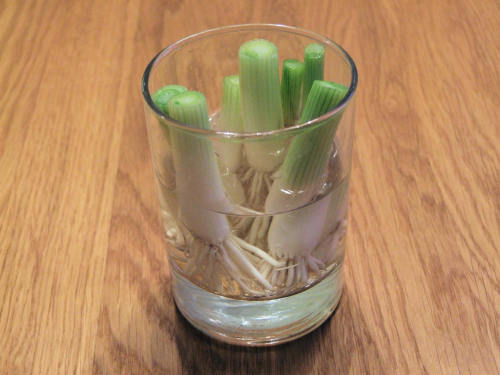
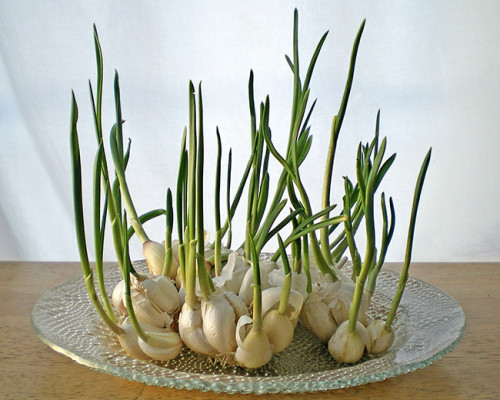
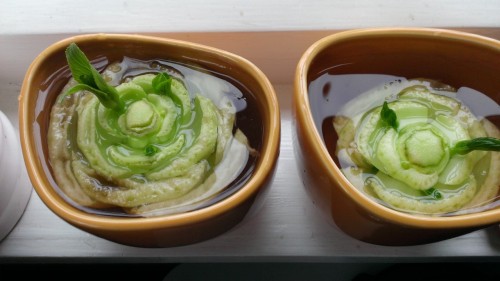

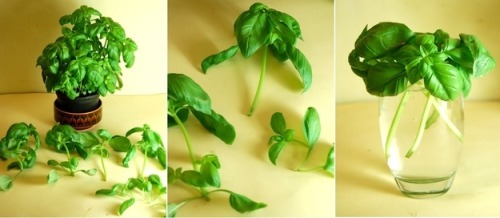

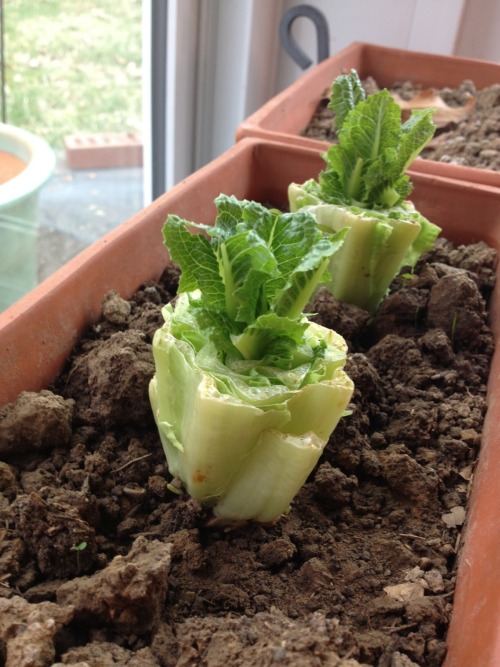
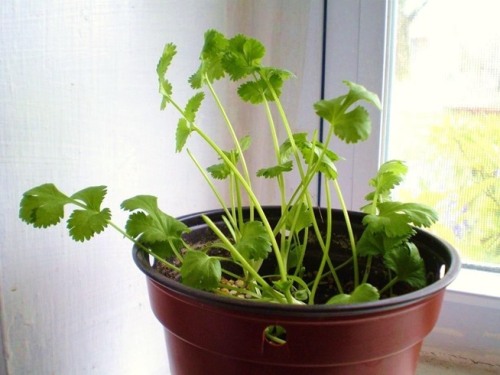
8 vegetables that you can regrow again and again.
Scallions
You can regrow scallions by leaving an inch attached to the roots and place them in a small glass with a little water in a well-lit room.
Garlic
When garlic begins to sprout, you can put them in a glass with a little water and grow garlic sprouts. The sprouts have a mild flavor than garlic and can be added to salads, pasta and other dishes.
Bok Choy
Bok choy can be regrown by placing the root end in water in a well-lit area. In 1-2 weeks , you can transplant it to a pot with soil and grow a full new head.
Carrots
Put carrot tops in a dish with a little water. Set the dish in a well-lit room or a window sill. You’ll have carrot tops to use in salads.
Basil
Put clippings from basil with 3 to 4-inch stems in a glass of water and place it in direct sunlight. When the roots are about 2 inches long, plant them in pots to and in time it will grow a full basil plant.
Celery
Cut off the base of the celery and place it in a saucer or shallow bowl of warm water in the sun. Leaves will begin to thicken and grow in the middle of the base, then transfer the celery to soil.
Romaine Lettuce
Put romaine lettuce stumps in a ½ inch of water. Re-water to keep water level at ½ inch. After a few days, roots and new leaves will appear and you can transplant it into soil.
Cilantro
The stems of cilantro will grown when placed in a glass of water. Once the roots are long enough, plant them in a pot in a well-lit room. You will have a full plant in a few months.
Ok, so you've been isekai'd to the dnd world and may or may not die due to the class you've been assigned. Better question. Are you human? (spinner wheel of all dnd5e species)
I had a bunch of MCR posts before this one and read this as Mikey Way and was like "where the hell is he?" For longer than I should have been.
Image of the Milky Way over the Temple of Karnak in Egypt.

TikTok is worth it for this video alone. Gonna have this on repeat for at least a week.
-
 ritamariealan liked this · 1 week ago
ritamariealan liked this · 1 week ago -
 weepingfireflies liked this · 1 week ago
weepingfireflies liked this · 1 week ago -
 sobasicallyno liked this · 2 weeks ago
sobasicallyno liked this · 2 weeks ago -
 thevioletwitch liked this · 2 weeks ago
thevioletwitch liked this · 2 weeks ago -
 kibo-ichiro reblogged this · 2 weeks ago
kibo-ichiro reblogged this · 2 weeks ago -
 kibo-ichiro liked this · 2 weeks ago
kibo-ichiro liked this · 2 weeks ago -
 listening-andor-learning liked this · 2 weeks ago
listening-andor-learning liked this · 2 weeks ago -
 drinkingurmacchiato liked this · 2 weeks ago
drinkingurmacchiato liked this · 2 weeks ago -
 wanderrghost liked this · 2 weeks ago
wanderrghost liked this · 2 weeks ago -
 flydung reblogged this · 2 weeks ago
flydung reblogged this · 2 weeks ago -
 minecrafthorsereal liked this · 2 weeks ago
minecrafthorsereal liked this · 2 weeks ago -
 flocifer reblogged this · 2 weeks ago
flocifer reblogged this · 2 weeks ago -
 cartsofambrosia reblogged this · 2 weeks ago
cartsofambrosia reblogged this · 2 weeks ago -
 lauralewenk reblogged this · 2 weeks ago
lauralewenk reblogged this · 2 weeks ago -
 lauralewenk liked this · 2 weeks ago
lauralewenk liked this · 2 weeks ago -
 unsentimentaltranslator reblogged this · 2 weeks ago
unsentimentaltranslator reblogged this · 2 weeks ago -
 keepouloce liked this · 3 weeks ago
keepouloce liked this · 3 weeks ago -
 stillbywords liked this · 3 weeks ago
stillbywords liked this · 3 weeks ago -
 chase-themorning reblogged this · 3 weeks ago
chase-themorning reblogged this · 3 weeks ago -
 mysterybagg reblogged this · 3 weeks ago
mysterybagg reblogged this · 3 weeks ago -
 mysterybagg reblogged this · 3 weeks ago
mysterybagg reblogged this · 3 weeks ago -
 halfbagged liked this · 3 weeks ago
halfbagged liked this · 3 weeks ago -
 men-being-traitors liked this · 3 weeks ago
men-being-traitors liked this · 3 weeks ago -
 wawagooba reblogged this · 3 weeks ago
wawagooba reblogged this · 3 weeks ago -
 sisuclover reblogged this · 3 weeks ago
sisuclover reblogged this · 3 weeks ago -
 tomatosplat liked this · 3 weeks ago
tomatosplat liked this · 3 weeks ago -
 autotuneangel2000 liked this · 3 weeks ago
autotuneangel2000 liked this · 3 weeks ago -
 egg2dotcom liked this · 3 weeks ago
egg2dotcom liked this · 3 weeks ago -
 dusty-rattler liked this · 3 weeks ago
dusty-rattler liked this · 3 weeks ago -
 cosmicbeetle liked this · 3 weeks ago
cosmicbeetle liked this · 3 weeks ago -
 cosmicbeetle reblogged this · 3 weeks ago
cosmicbeetle reblogged this · 3 weeks ago -
 phylcian liked this · 3 weeks ago
phylcian liked this · 3 weeks ago -
 silverkat1620 liked this · 3 weeks ago
silverkat1620 liked this · 3 weeks ago -
 fastenyourseatbelts reblogged this · 3 weeks ago
fastenyourseatbelts reblogged this · 3 weeks ago -
 flixonase reblogged this · 3 weeks ago
flixonase reblogged this · 3 weeks ago -
 team-meerkat liked this · 3 weeks ago
team-meerkat liked this · 3 weeks ago -
 permianbased reblogged this · 3 weeks ago
permianbased reblogged this · 3 weeks ago -
 rolypolygato liked this · 3 weeks ago
rolypolygato liked this · 3 weeks ago -
 sidabro liked this · 3 weeks ago
sidabro liked this · 3 weeks ago -
 incrediblue reblogged this · 3 weeks ago
incrediblue reblogged this · 3 weeks ago -
 funnyfelid liked this · 3 weeks ago
funnyfelid liked this · 3 weeks ago -
 effyoubobbaffert reblogged this · 3 weeks ago
effyoubobbaffert reblogged this · 3 weeks ago -
 effyoubobbaffert liked this · 3 weeks ago
effyoubobbaffert liked this · 3 weeks ago -
 we-have-black-marble-at-home liked this · 3 weeks ago
we-have-black-marble-at-home liked this · 3 weeks ago

I wish I could switch which is my main blog https://laidenbreecatchall.tumblr.com
211 posts







